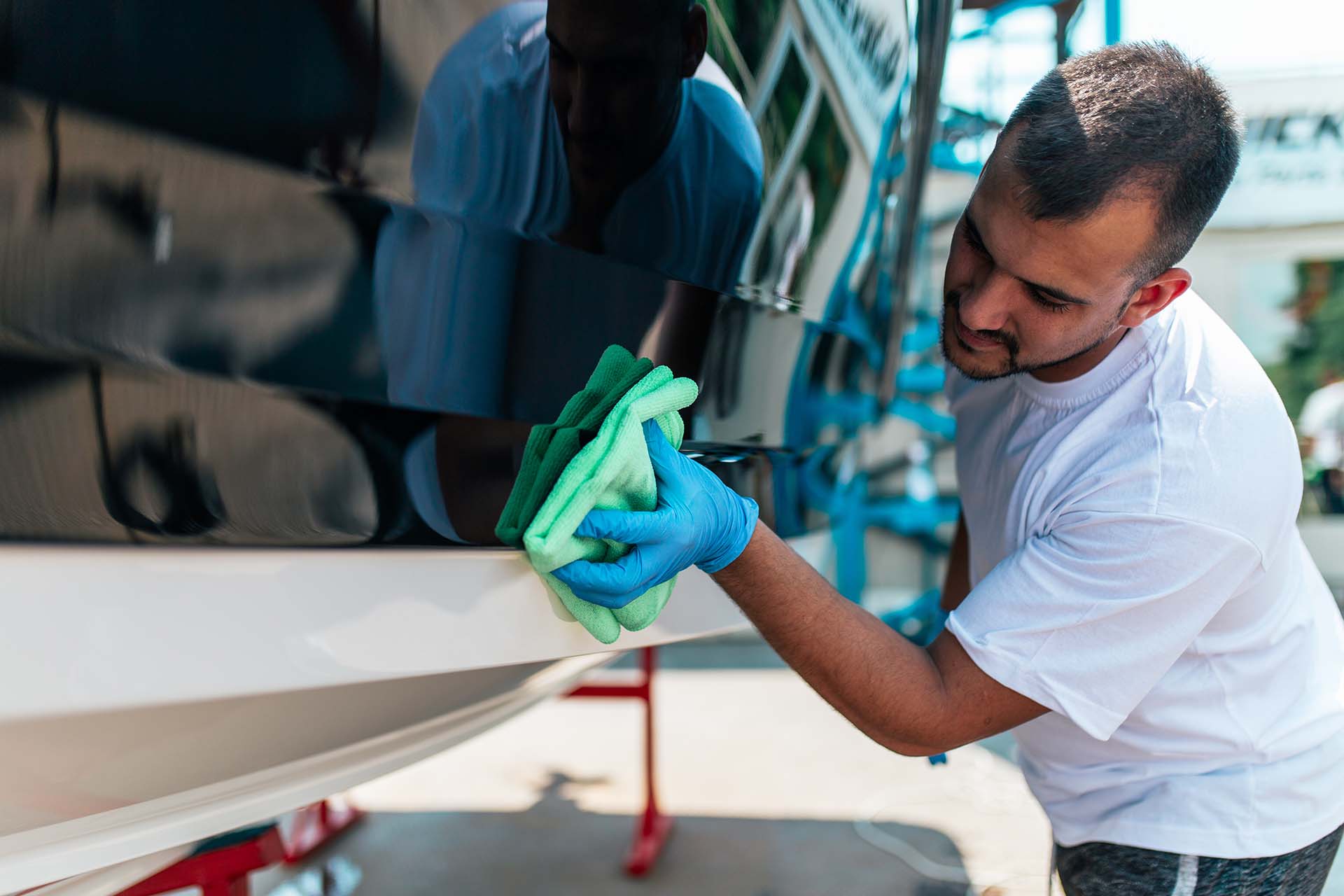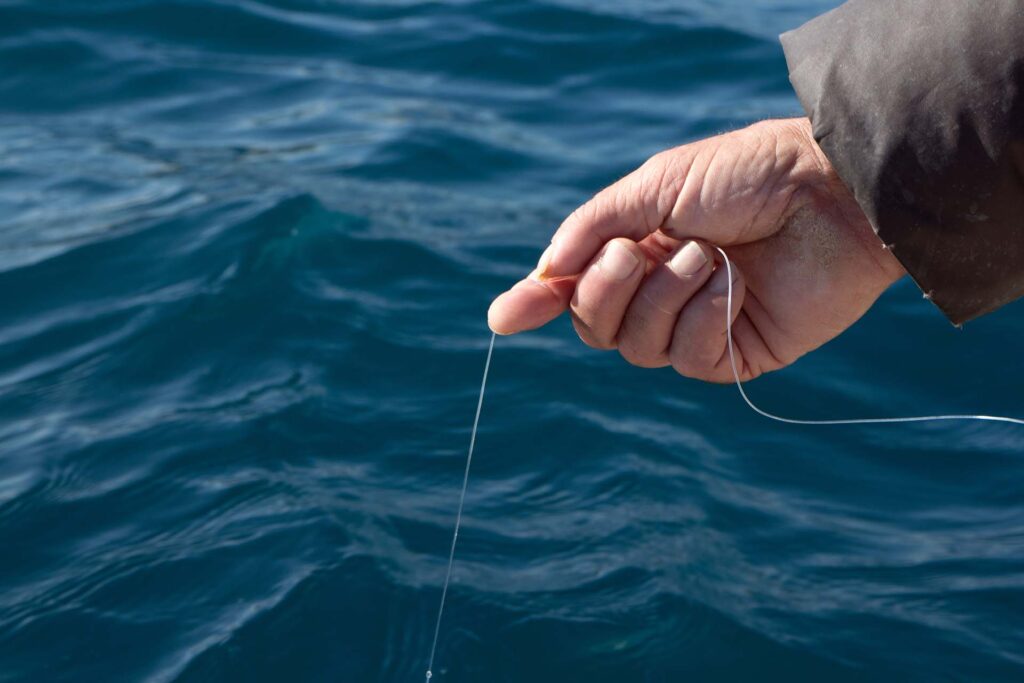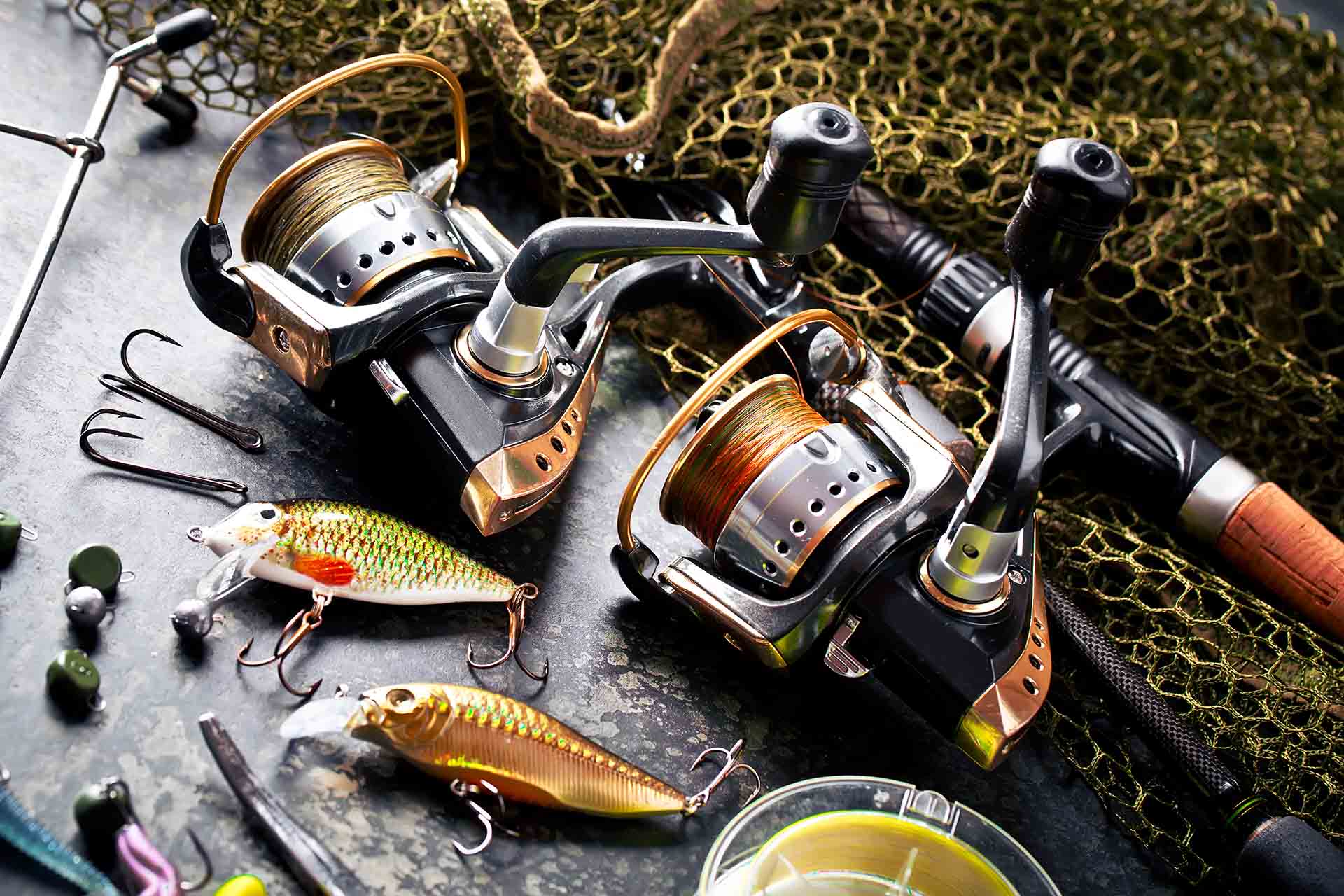The art of boat ownership extends beyond the thrill of the voyage; it demands a commitment to meticulous care and strategic maintenance. In this comprehensive blog post, we delve into the nuances of year-round boat maintenance, guiding you through the intricacies of each season and unveiling the secrets to preserving your vessel’s performance, aesthetics, and longevity. Welcome aboard this guide for safety, reliability, and enduring boating pleasures.
Why Is Boat Maintenance Important?
Your vessel, much like any intricate machine, requires regular care to navigate the waters smoothly and safely. Neglecting its maintenance not only jeopardizes the overall performance of your marine companion but can also pose significant safety risks. Picture a seamless voyage, where every component functions harmoniously – a vision achievable through conscientious maintenance.
To underscore this necessity, consider a fundamental question: “Which of the following is recommended maintenance for an inboard boat?” The answer lies in our exploration of essential practices, ensuring your inboard vessel remains a reliable and secure conduit for all your maritime adventures.

Start With the Spring Maintenance Checklist
As the world awakens from winter’s embrace, so too does your vessel demand attention and care to embark on a new season of adventures. There are three crucial aspects that will set the stage for a seamless and secure boating experience – preparing your boat after winter storage, conducting an extensive engine check-up with effective cleaning strategies, and a meticulous inspection of safety equipment. Here are all of these steps explained.
Prepare Your Boat After Winter Storage
As winter bids adieu and the waters beckon, revive your vessel efficiently post-storage for a trouble-free boating season. Here are all the steps you need to take:
Hull Inspection and Bilge Area Check
Begin with a thorough examination of the hull, the vessel’s protective armor against the aquatic elements. Scrutinize it for any signs of damage, cracks, or abnormalities.
Navigate into the inner chambers of your vessel with a focused bilge area check. Look for any accumulated water, debris, or signs of leaks.
Propeller and Drive System
Inspect the propeller and drive system with a keen eye. Ensure there are no obstructions, damage, or signs of wear.
Electrical System Evaluation
Delve into the electrical components, checking wiring, connections, and the battery. Confirm that all electrical systems, from lights to essential navigation instruments, are in optimal working condition.
Fluid Checks and Fuel System Inspection
Examine the various fluids your vessel relies on, including oil, coolant, and hydraulic fluids. Top up or replace fluids as needed, ensuring that each component operates with the lubrication necessary for peak performance.
Survey the fuel system for any issues, from leaks to fuel contamination. Addressing these concerns is crucial for the reliable operation of your boat’s engine and overall fuel efficiency.
Engine Test
Conduct a thorough test of the engine, allowing it to run for a brief period. Listen for any unusual noises, monitor the exhaust for irregularities, and ensure the engine runs smoothly without overheating.
Controls and Steering Operation
Check the functionality of controls and the steering system. Confirm that all mechanisms respond promptly and smoothly, providing you with the confidence to navigate your vessel with precision.
Safety Equipment Review
Evaluate the condition and accessibility of safety equipment, including life jackets, fire extinguishers, and emergency signaling devices. This step ensures that you’re well-prepared for unforeseen circumstances on the water.
Navigation Systems Check
Verify the accuracy and functionality of navigation systems. Calibrate compasses, test GPS units, and ensure that all systems are in sync for reliable navigation during your upcoming boating excursions.
Engine Check-up and Cleaning Tips
To ensure its optimal performance and longevity, a regular check-up coupled with meticulous cleaning is paramount. Begin by inspecting the belts and hoses, the sinews that enable the seamless operation of your engine. A thorough examination of fluid levels follows, ensuring that all vital components are adequately lubricated.
Changing the oil is a crucial step, akin to refreshing the lifeblood that courses through the engine’s veins. The fuel system, another critical element, demands careful inspection to detect and rectify any issues promptly. Check the cooling system to prevent overheating, safeguarding your engine against potential damage. Finally, delve into the engine compartment with a cleaning regimen, removing accumulated grime and ensuring an environment conducive to optimal performance.
Safety Equipment Inspection
Ensuring your vessel boasts functional and current safety gear is vital for a secure water venture. Conduct a swift and thorough safety inspection:
- Life jackets,
- Fire extinguishers,
- Flares,
- First-aid kit,
- Sound signaling devices,
- Navigation lights,
- Throwable devices,
- Emergency locator beacons.

Check Out Some Handy Summer Nautical Upkeep Tips
As the sun-kissed days of summer invite enthusiasts to embark on unforgettable journeys, it’s crucial to incorporate effective nautical upkeep tips into your routine. The summer season brings its own set of challenges, from prolonged exposure to sunlight to increased usage, demanding a more meticulous approach to maintenance. Ensuring your vessel remains in top-notch condition enhances its performance and contributes to a safer and more enjoyable boating experience.
Sailing Safely Through Summer – Essential Routine Checks for Active Cruising
When your boat is actively cruising the open waters during the summer months, it’s essential to conduct routine vessel safety checks to guarantee everything is running smoothly. Regularly inspect the engine, paying attention to signs of overheating or unusual noises. Check the fuel system for any leaks and ensure all safety equipment, including life jackets and fire extinguishers, is in good condition and easily accessible.
Don’t forget to bring your tool kit and inspect navigation lights and electronics to ensure they are functioning correctly, providing a secure and compliant boating experience. These routine checks not only enhance safety but also contribute to the overall longevity, preventing potential issues before they escalate.
Manage Wear and Tear From Frequent Outings
Frequent summer outings can subject your vessel to increased wear and tear, particularly from prolonged exposure to the sun’s harsh rays. To combat this, it’s essential to adopt proactive measures for cleaning and protecting your vessel. Regularly wash your boat’s exterior to remove salt, grime, and pollutants that can accumulate during outings. Consider applying high-quality marine wax to shield the hull from UV rays, preventing sun damage and maintaining a polished appearance.
Additionally, invest in UV-resistant covers for sensitive equipment, such as electronics and seating, to prolong their lifespan. These preventative steps not only preserve the aesthetic appeal of your vessel but also safeguard its structural integrity against the elements, ensuring many summers of smooth sailing ahead.

Navigating Autumn’s Transition + The Crucial Role of Hull Cleaning Techniques
As autumn leaves begin to fall, it’s time for boat owners to turn their attention to comprehensive fall preparations, ensuring their vessels are primed for the changing seasons. Among the crucial aspects of autumn maintenance, hull cleaning techniques are among the most important ones. With the accumulation of summer growth and potential barnacle attachment, a thorough hull cleaning is essential to maintain optimal vessel performance.
Removing these marine organisms not only improves fuel efficiency but also prevents damage to the hull’s integrity. Beyond hull care, fall preparations encompass a spectrum of tasks, including winterization prep for colder regions, detailed steps for engine and system maintenance, and proper storage techniques to prevent damage.
Follow the Detailed Steps for Engine and System Maintenance
Effective fall preparations involve delving into detailed steps for engine and system maintenance, with a particular focus on Marine engine maintenance. Conduct a thorough inspection of the engine, checking for signs of wear, leaks, or corrosion. Change the oil, replace filters, and inspect the fuel system for any issues. Lubricate moving parts and ensure the cooling system is in prime condition to prevent overheating.
Safeguarding Your Vessel’s Hibernation – Mastering Proper Storage Techniques
As the boating season draws to a close, understanding proper storage techniques becomes paramount. Explore the storage solutions that suit your vessel’s needs, whether it’s dry storage, marina storage, or using a boat cover. Clean and thoroughly dry the vessel before storage to prevent mold and mildew.
Remove any valuables or perishables and secure loose items. Consider adding a fuel stabilizer to prevent fuel degradation during the storage period. Proper storage techniques not only protect your investment but also make the transition to the next boating season seamless, ensuring your boat is ready for action when the warmer days return.

Boat Winterization Will Ensure the Longevity of Your Vessel
As winter’s chill sets in, responsible ownership entails a meticulous approach to winter care. This proactive process safeguards your vessel during the dormant months, preserving its structural integrity and ensuring a smooth transition into the next boating season. The winterization involves a series of steps, from protecting the engine and systems to implementing strategies for maintaining boats in storage.
Check Out Some Top-Notch Strategies for Maintaining Vessels in Storage
Ensuring your vessel remains in optimal condition during winter storage requires strategic planning and execution. Begin by selecting appropriate boat storage solutions, whether it’s indoor storage, covered storage, or shrink-wrapping. Clean and declutter the boat thoroughly, removing any items that could attract pests or foster moisture buildup.
Consider using moisture-absorbing products like desiccants or dehumidifiers to prevent mold and mildew. Elevate the boat on blocks to prevent hull damage and ensure proper weight distribution. These strategic measures not only protect your vessel from environmental elements but also contribute to a stress-free spring awakening.
Address the Most Common Issues Swiftly
Moisture and freezing are common challenges during winter, posing potential threats to your boat’s well-being. Combat moisture by ensuring the it is well-ventilated and using moisture-absorbing products in enclosed spaces. Insulate exposed pipes and plumbing to prevent freezing, and consider using heat lamps or engine compartment heaters in extremely cold climates. Remove any water from the bilge and other compartments to eliminate the risk of freezing.
Include Periodic Inspections Into the Overall Boat Maintenance Cost
Even in hibernation, boats require periodic inspections to ensure safety and detect potential issues early on. Regularly check the boat’s cover or shrink-wrap for any signs of damage or wear. Inspect lines, fenders, and other accessories for wear and tear. Ensure that the storage area remains secure to prevent unauthorized access.

Sailing through Seasons – The Art of Consistent Cleaning Habits
Incorporating regular cleaning habits into your year-round maintenance routine is a simple yet effective way to keep your vessel in top condition. Clean all surfaces, including the hull, deck, and interior, to remove salt, dirt, and other contaminants that can contribute to wear and corrosion. Pay special attention to areas prone to mold and mildew growth, employing appropriate cleaning agents.
Tailored Care for Timeless Craftsmanship – Nurturing Diverse Boat Materials
Different materials require specific care to ensure their longevity. For fiberglass, regular waxing helps protect against UV damage and maintains a glossy appearance. Wooden components benefit from proper sealing and varnishing to prevent water intrusion and rot. Vinyl and fabric upholstery should be cleaned and treated with UV protectants to guard against fading and cracking. Understanding the unique needs of each material allows you to implement long-term care practices that cater to your vessel’s specific construction, contributing to its waterproofing and moisture control.
Elevating Electronic Excellence – A Blueprint for Systematic Care
Modern boats often come equipped with sophisticated electronic systems, and keeping them in good shape is essential for a seamless boating experience. Inspect and clean electronic components regularly, paying attention to connections, wiring, and control panels. Ensure that all connections are secure and free from corrosion.
Follow manufacturer recommendations for software updates and conduct routine checks on navigation systems, GPS, and communication devices. When you incorporate this into your year-round maintenance routine, you enhance the reliability and safety of your vessel, ensuring that all technology and accessories function optimally when you need them most.

Anchor Your Maritime Legacy With The Right Seasonal Boat Care
In the vast realm of boating, where the ebb and flow of the seasons dictate our maritime adventures, diligent maintenance emerges as the anchor that steadies our nautical pursuits. Navigating through Hull cleaning techniques, winterization, waterproofing, and electronic system care, this comprehensive guide equips enthusiasts with the knowledge to preserve their prized vessels.
As you embark on each boating season, may these insights be the compass guiding you toward a safer, more enjoyable, and enduring maritime journey. Smooth seas and fair winds await those who embrace the art of year-round maintenance.










